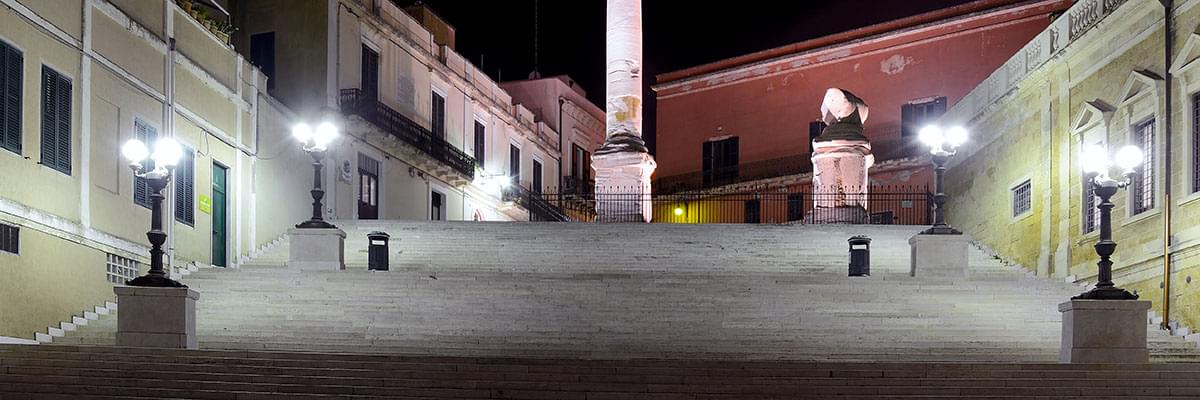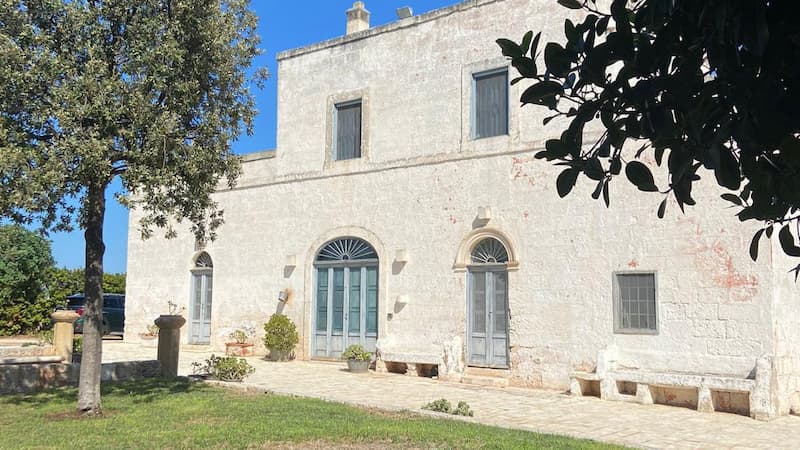
.jpg)
.jpg)


.jpg)



.jpg)
.jpg)
.jpg)

.jpg)



5 · Piazza Eroi del Mare Cisternino (BR) 72014 · Italy - Email: info@relaxpuglia.com
+39 393 8602 451 | +44 7763 089224
Copyright © 2013-2025 Relax Puglia Limited - Homes for Holidays
Relax Puglia Limited - Company Number: 10537981 - Registered Office address: Derwent Dale Cottage, York Road, Stamford Bridge, York YO41 1AH
In collaboration with:
Relax Puglia accepts payment through Stripe

Relax Puglia Limited, through co-founder Francesco Lanzilotta, is a licensed Real Estate Agent in Italy, License no. 1753, released by the Chamber of Commerce in Bari, Italy. (CCIAA di Bari) Chamber of Commerce Registered office address, 5, Piazza Eroi del Mare, Cisternino, Brindisi.
A web project by Digital Media 68



